The Barkai Method for Teaching Humash
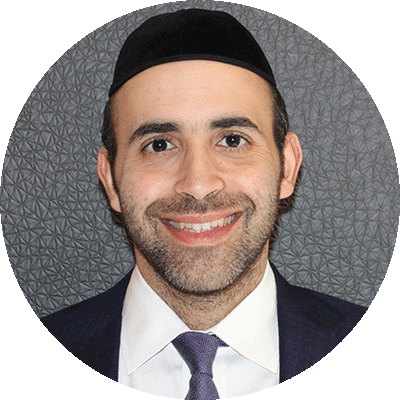
Nathan Zaboulani is the Director of Judaic Studies at Barkai Yeshivah High School. Rabbi Zaboulani studied in the Yeshivat Hesder in Maale Adumim, Yeshiva University, Sephardic Rabbinical College of Brooklyn, Herzog’s Tanakh Scholar Program, and JNTP’s Administrator Support Program. He is a Rabbi in the Syrian community (Brooklyn) and teaches teenagers, young adults, and adults in the community.
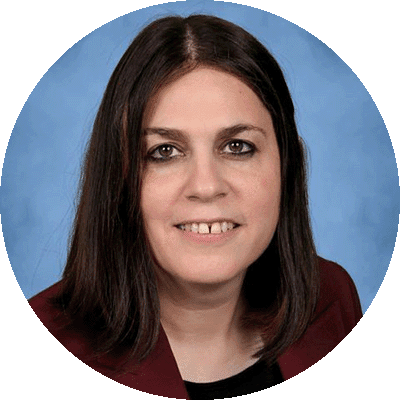
Shoshi Abowitz is the Lower School Judaic Studies Principal and Hebrew Language Director at Barkai Yeshivah. Previously she was head teacher at Dizingof School (Tel Aviv). At Barkai she has worked on curriculum, staff mentoring, and programming. Shoshi She holds a BA in Education from the Teachers Seminar (Tel Aviv) and a certificate in Hebrew Language Teaching and Mentoring from Hebrew College (Boston).
In the introduction to his book Who Knows Twelve, Rabbi Berel Wein explores a troubling phenomenon: the growing disconnect between the Jewish people and their sacred texts.
Whatever the causes for its decline may have been, many Jewish day schools today are attempting to reinvigorate the study of Tanakh, recognizing its fundamental role in Jewish identity and education. Maimonides codified the necessity of studying Tanakh in Hilkhot Talmud Torah (1:7), asserting that it is a crucial component of Jewish life. Today, there is a growing recognition of the need to revive these ancient texts, which hold profound significance for Zionism, community, ethics, spirituality, identity, and much more.
One noteworthy example of this revival is the Barkai educational system, developed in Israel by Rav Dan Be’eri more than 40 years ago. This innovative curriculum emphasizes a thorough study of Tanakh at the peshat (literal) level throughout elementary school, before delving into commentaries and the Oral Torah. This method is designed to create a strong foundation in Jewish texts. In the introduction to one of his workbooks, Rav Be’eri eloquently states:
The spiritual make-up and content of the life of the Jewish people, and of each Jew is the complete Torah, as it is written: “The Torah of God is perfect, renewing life” (Psalms 19:8). The foundation of the building is the entire Bible, therefore our Sages, may they rest in peace, have mandated its learning in the first five years of the school program: The Bible by the age of five (Avot 5:21). There are many places in the Talmud and Midrash that bear witness to the fact that the entire Bible was memorized not merely by the Sages but by the average Jew. This magnificent fluency in the Bible, which was carried by the Jew his entire life, is a girsa de-yankuta (the work of repetition in a person’s youth). It is lodged deeply in the child’s soul because of the many times the child has recited by rote aloud and the te’amim-melody in pleasantness. Aside from the pedagogical value of reading the verses of the Bible, our Sages saw in the Bible the foundation for the worship of God: The world does not exist but for the children in the House of the Sages (Shabbat 119).
At Barkai-affiliated schools in Israel, there is a significant investment in teaching Tanakh, a commitment that is challenging to replicate identically outside of Israel. Despite the challenge, Barkai Yeshivah (Brooklyn, NY) has adopted and adapted this methodology. By adjusting the pacing to fit student levels and curriculum constraints, we created an Americanized version of the program. While we do not complete the entire Tanakh as in the Israeli model, they ensure that students finish reading every pasuk of the Five Books of the Torah by the end of 6th grade. This establishes a basic familiarity with the Torah which lays the groundwork for a robust text-based education that can serve students throughout their lives.
The fundamental difference between teaching Tanakh in Israel and teaching it abroad lies in the struggle of language. The biblical text is often difficult for Israeli students to understand, all the more so for students who are not Hebrew speakers. Another challenge is the large amount of material that must be taught in a relatively short time. We emphasize that no word is skipped, starting from the opening pasuk in Genesis to the closing one in Deuteronomy; every pasuk is read aloud in class with its te’amim (cantillation).
To help facilitate the learning, one of the most important principles we established is that beginning in 1st grade, all Judaic studies subjects are taught in Hebrew. Teachers are asked not to translate the material or introduce new vocabulary using translation. The significant advantage that students gain is a mastery of the Hebrew language and, over time, independent engagement with the language of Tanakh. We believe that every Jew should understand lashon hakodesh and be familiar with pesukim that have become cultural cornerstones and foundational elements of our faith and a significant part of our Jewish identity. Moreover, mastering Hebrew greatly contributes to connecting our students to Israel and the Jewish people living in our homeland.
These important objectives guided the school when developing the Torah curriculum. The tool that helped achieve these objectives is precise planning for each lesson unit, including:
- Accurate division of each book of the Torah into units (matching the average number of school days in the year).
- Clear content objectives for each unit.
- Clear educational goals for each unit.
- Precise vocabulary that serves the objectives.
- A list of selected pesukim every graduate must master. This list includes sources for holidays, sources of numerous commandments, and other significant pesukim, such as “The voice is Jacob’s voice, but the hands are Esau’s hands,” which students are required to memorize, understand their meaning, and know who said them and to whom.
- Teaching tools for teachers, including presentations, visual aids, gestures, and body language.
Another teaching principle of this methodology is that all Torah lessons are conducted in the present tense. This approach enables students to use the language, respond to the teacher, and write lesson summaries in Hebrew in a way that matches their abilities. (Instead of dealing with every verb in its 24 conjugations—past, present, and future—they only deal with four present-tense forms until grades 4–5. This makes spoken language flow easily, and later, transitioning to written language is much smoother.) Accordingly, all of our students’ workbooks are written in the present tense and tailored to their abilities. For example, we teach: “God tells Abraham to leave Haran. Abraham takes Sarah…” and so on.
In the first half of 1st grade, students learn reading rules with an emphasis on mastering the rules of sheva (שוא). This knowledge helps them later read the Torah accurately with te’amim. In the second half of the year, we celebrate the Humash party and begin by familiarizing students with the Humash. We then move on to studying the first two Torah portions, Bereishit and Noah. In 2nd grade, students continue from the portion of Lekh Lekha and complete the entire Book of Genesis. In 3rd grade, they study the entire book of Exodus; in 4th grade, Leviticus; Numbers in 5th grade along with the beginning of Deuteronomy. By the end of 6th grade, the students have completed the entire Torah and begun Joshua and Judges.
Our goals are for students to understand and internalize the central ideas and their content, gain mastery of and familiarity with all biblical characters, and achieve proficiency in selected pesukim. We do not explain every word, nor do we aim for students to translate or understand every word in the Torah, rather, we want them to understand what the Torah is saying. Grammar rules are taught but the lessons do not turn into grammar or language lessons; rather, the focus is on the content.
The structure of a Torah lesson is the same across all grades. In the first part of the lesson, the teacher presents the new content in simple Hebrew while introducing new vocabulary and using parts of selected pesukim. The second part involves reciting the pesukim with te’amim—first as a complete unit and then verse by verse—focusing on the important points in each pasuk. The final part of the lesson is a summary of the learned material, both orally and in writing.
After 25 years of teaching in this style, the school has seen great success through this methodology. After 6th grade students continue their learning with extensive knowledge, mastery, and proficiency in Torah, and they have built deep and fundamental bonds their Jewish identities.

Nathan Zaboulani is the Director of Judaic Studies at Barkai Yeshivah High School. Rabbi Zaboulani studied in the Yeshivat Hesder in Maale Adumim, Yeshiva University, Sephardic Rabbinical College of Brooklyn, Herzog’s Tanakh Scholar Program, and JNTP’s Administrator Support Program. He is a Rabbi in the Syrian community (Brooklyn) and teaches teenagers, young adults, and adults in the community.

Shoshi Abowitz is the Lower School Judaic Studies Principal and Hebrew Language Director at Barkai Yeshivah. Previously she was head teacher at Dizingof School (Tel Aviv). At Barkai, she has worked on curriculum, staff mentoring, and programming. Shoshi holds a BA in Education from the Teachers Seminar (Tel Aviv) and a certificate in Hebrew Language Teaching and Mentoring from Hebrew College (Boston).

From The Editor: Winter 2025
It is one of the oldest literary collections ever written and still very much in circulation. Public readings (and celebrations) of its text are practiced in nearly every synagogue in the world in a regular, fixed cycle. It has been analyzed and studied by religious luminaries, academic scholars, and lay people, and has been studied and taught more times than we can count, with hundreds if not thousands of published commentaries. It plays a central role in all of our lives. One would think that by now we would have a pretty clear idea of what content from Tanakh should be taught and how it should be approached pedagogically at various age levels. And yet, a mountain of anecdotal evidence reveals that there is a huge range in what is taught, why it is taught, and how it is taught.

Tanakh Hats for Meaning Making: A Multi-Perspective Approach to Biblical Text Study
In our ongoing quest to enhance Tanakh education, we’ve developed a fresh approach that energizes both teachers and students while promoting diverse interpretations, critical thinking, and collaborative learning. Inspired by Edward de Bono’s Six Thinking Hats, this method encourages learners to view Tanakh texts from multiple perspectives, offering deeper understanding and fostering connections between foundational Jewish texts and modern life. The Tanakh Meaning Making Hats (TMM Hats) approach equips students with various interpretive tools to explore familiar perspectives and discover new ones, building understanding through both familiar and novel frameworks. This method, grounded in constructivist learning theory, enables students to construct knowledge actively, allowing them to examine texts from varied angles.
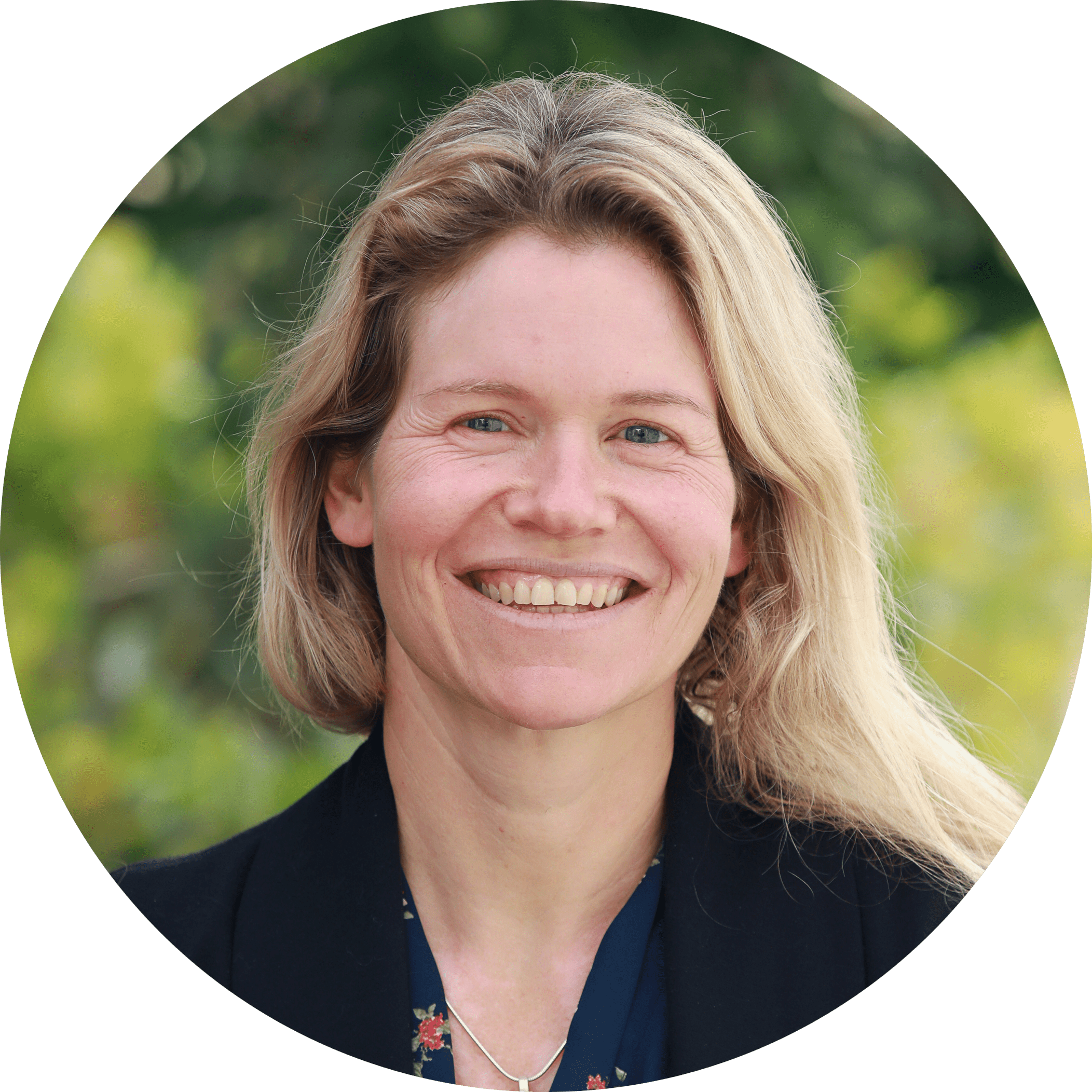
From Consumption to Production: Equipping Students to Create Torah
In the realm of Tanakh education, there is a tendency to focus on the consumption of Torah knowledge, where students engage in the study, understanding, and analysis of sacred texts. While amassing a critical base of knowledge is undeniably essential, I believe that shifting from students-as-consumers to students-as-producers—in which students not only absorb the teachings but also create and contribute their own interpretations and insights that can be shared publicly—is equally essential. How can we teach students to produce a deep analysis of Torah and not just consume others’ commentary? How do we encourage students to think for themselves while teaching other valuable lessons in the process?

Innovating Teaching Tanakh
What I observed one day in my visit to an English Language Arts (ELA) classroom last year opened my mind to completely new ways of teaching Tanakh, leading to greater student engagement.I work at a pluralistic elementary school that emphasizes growth mindset and continued development for each educator. One specific policy that helps educators learn from each other is the requirement to visit at least two other classrooms every semester. This routine fosters a genuine culture of professional growth, where teachers share ideas, observe varied teaching methods, and offer constructive feedback. I’ve always found these observations beneficial, but one visit left a lasting impact on my approach to teaching Tanakh. Stepping into Mrs. Michelle Petrova’s 6th grade ELA classroom, I was greeted with an incredibly vibrant atmosphere.

Teaching the Halakhic Sections of the Torah
Much of the discussions we find about teaching Humash focus on the narrative portions—Genesis, the story of the Exodus, the wanderings in the wilderness. To a large extent that makes sense, as they provide students with their origin stories—so critical for building the foundations of identity—and are inherently interesting, as stories tend to be. That being said, there is another half of the Torah, whose nature is primarily legal. While some skip it intentionally or somehow “don’t get around to it,” for others it is no less important to teach, even though the content often doesn’t lend itself easily to grab and hold the students’ attention. As with any teaching, we must first identify what we want to achieve before we can think about how we want to do it.
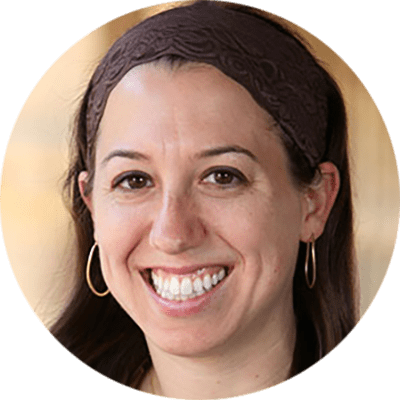
Teaching Tanakh: A New Perspective on Pedagogy
As many teachers of Tanakh know, the Tanakh classroom serves as a crucible for interpreting sacred texts, particularly in theologically and denominationally diverse day schools, camps, and beit midrash settings. The question I wish to explore here is: how do Jewish educators navigate the complex landscape of multiple orientations towards Tanakh that they might find in the seats of their classroom and make sure to empower all their students as interpreters? Central to my own Tanakh teaching, at almost every grade level, in almost every type of day school context, is the realization that my students don’t read Tanakh according to the same orientations or literacy practices, but it would be helpful if they did—at least for the duration of my class.
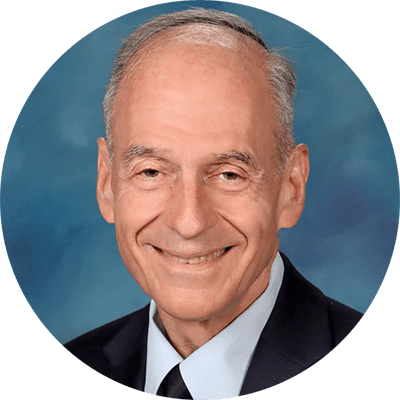
Tanakh Study and Reader Response
“My students insist on translating every pasuk (verse) into English and then using their translation to answer the questions. How can I get them to work from the makor (original text)?”“When I give in to their learned helplessness and teach them an interpretation, they can’t identify the problem in the pasuk that the interpretation comes to solve, and then they get stuck on the one understanding I presented and won’t consider an alternative. How can I help them think for themselves?” “I want my students to identify with the avot (patriarchs) and imahot (matriarchs) and learn from their example. But they somehow can’t relate to them as role models. What am I doing wrong?”Sound familiar? For years these complaints were a constant refrain from my Tanakh-teaching colleagues.
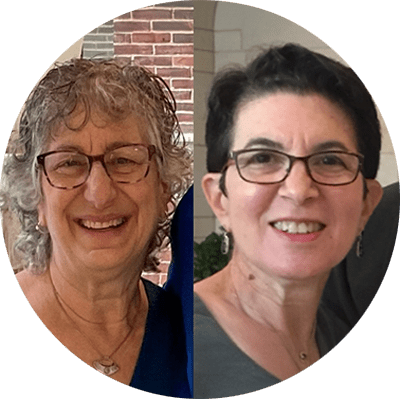
Vision, Lenses, and Focus: Bringing Clarity to Tanakh Curriculum with Standards
Any Tanakh text, whether narrative or legal, contains an abundance of ideas, elements, and complexities, and has the potential to raise countless questions. How does a school community decide which of them to pursue?Nechama Leibowitz, quoted by Shmuel Peerless in To Study and to Teach: The Methodology of Nechama Leibowitz, wrote that educators have……to decide what to leave out and what topics should not be touched, because it is pointless to tackle a number of different topics and problems superficially or incidentally in a chapter. It is preferable to concentrate on just a few topics, but in depth (p. 15). Standards serve as powerful tools for deliberating about a vision for Tanakh education and for shaping Tanakh curriculum once the school’s vision is clear.

Teaching Tanakh to Weaker Students
In my roles as a Tanakh teacher and an instructional coach, my goal is to inspire Tanakh students to become engaged, proud, and even passionate Jews, fluent in Jewish literacy and deeply committed to the future of Jewish education and community. This goal is daunting under the best of circumstances; when teaching Tanakh to weaker students, it becomes more so. In this article I will outline some of the most ubiquitous challenges that arise from teaching Tanakh to weaker students and offer suggestions for navigating them based on my own experience as well as conversations with other educators and research from the field. I believe that navigating these challenges requires both modifications in practice and shifts in mindset, and I will outline each of them.
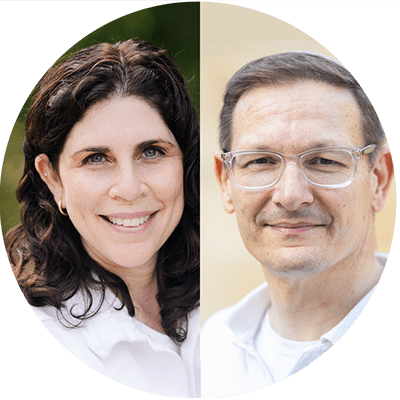
Student-Centered Learning in the Tanakh Classroom
For the past decade, educators have been using the term student-centered learning (SCL) but still finding it tricky and challenging to apply to the Tanakh classroom for a variety of reasons. One is the amount of time teachers must dedicate not only to teaching content but also to developing textual reading skills. Another is that teachers might feel reluctant to engage in a pedagogy they feel allows for too much free thinking and not enough respect for the mesorah, classical commentators, and tradition in general. Here we offer tips and strategies for how to introduce SCL into the Tanakh classroom in large and small ways. Differentiation and Social-Emotional Learning Are you differentiating in your classroom? Great! That’s one time-tested way to employ SCL in the Tanakh classroom.
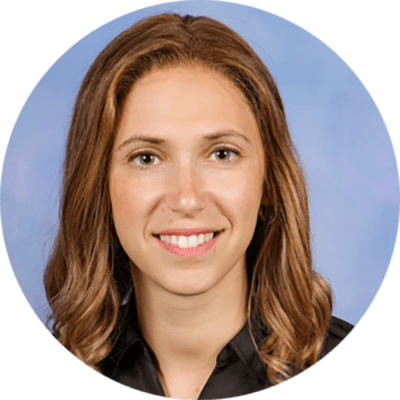
Outside the Box: A Values-Based Approach to Parashat Hashavua
Tanakh in dialogueWhat position does the Tanakh occupy in the life of an early teen? For many, the Tanakh resides in the mental box into which school is commonly placed—a box of academic pursuits, Hebrew language and grammar, Jewish history and Biblical knowledge. There is nothing innately wrong with this, to the contrary, Tanakh study certainly can and does involve these important elements. But a missed opportunity arises when compartmentalisation precludes Tanakh from forming dialogue with the other “boxes” that rise to prominence in the early teen years.Early teenagehood is often marked by questioning and exploration as students begin a journey of seeking to understand that which may have previously gone unquestioned.
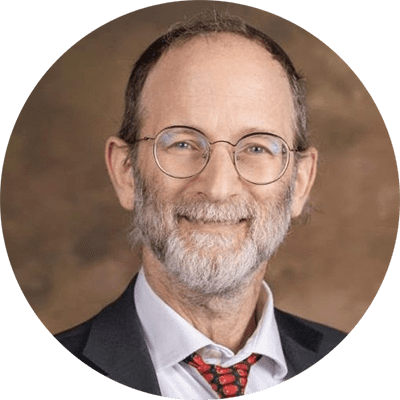
Building Tanakh Skills One Step at a Time With Manipulative Materials
“Give a man a fish,” the saying goes, “and you feed him for a day. Teach a man to fish and you feed him for a lifetime.” At Netivot, we have developed a Tanakh program that gives each child the personalized gift of feeding himself for a lifetime. The Montessori method is predicated upon the idea that each child, if provided developmentally appropriate opportunities, will inherently learn and grow and master at each phase of development according to his own individual needs. For this reason, in our classrooms, the expectation is not for children to memorize translations of text “chorally,” but rather to develop individually the skills to translate for themselves. Using key elements of the Montessori method, our students build a series of skills that allow them to tackle pesukim independently.
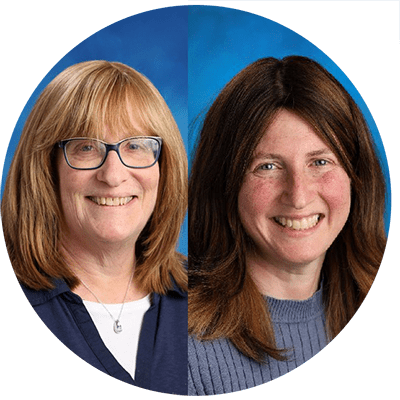
Bringing Nechama Leibowitz Into the Classroom
The written legacy of Nechama Leibowitz, in her gilyonot and books, has served and continues to serve as the basis for Torah study for many serious students of parashat hashavua, Tanakh, and parshanut. Her teaching methodology, as experienced by one of the authors of this article in 1988-89, in her weekly classes in her apartment in Jerusalem and in her weekly shiur at the Gruss Kollel, served as a model for how to teach Torah. Certain elements have been adapted, but we have found that her principle of encouraging independent thinking and individualized feedback gives students in middle school a personal connection with the text and empowers them to continue in their Torah study with positivity and self- assurance.
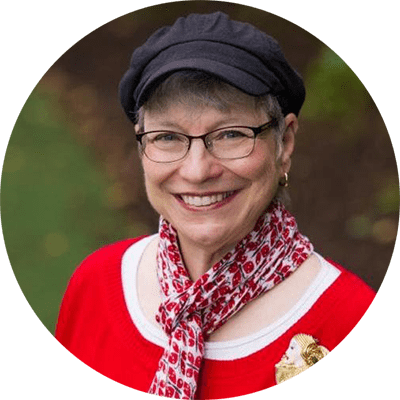
Opening the Middle School Window to Midrash
A number of years ago, when I was teaching the sections in Genesis about Abraham and Sarah to a girls’ middle school class, one of my students raised her hand and said, “I don’t like how much is missing in the Torah.” I asked her what she meant and she replied, thinking like a typical middle schooler, “Like, what did Abraham and Sarah talk about at night when they were just sitting around their tent?” After responding facetiously that Sarah probably asked Abraham what he thought about her new burka, I took the moment to answer the class seriously. This was a wonderful opportunity to deeply introduce my students to midrash as one way to fill in the “blanks” in the Torah text, to delve into the “spaces” in the text, and to teach us moral messages with which to inform our own lives.
Reach 10,000 Jewish educational professionals. Advertise in the upcoming issue of Jewish Educational Leadership.






Love the idea of sticking to present tense for 5 years! Brilliant.
Please explain how you can teach in Hebrew when the children don’t speak Hebrew?